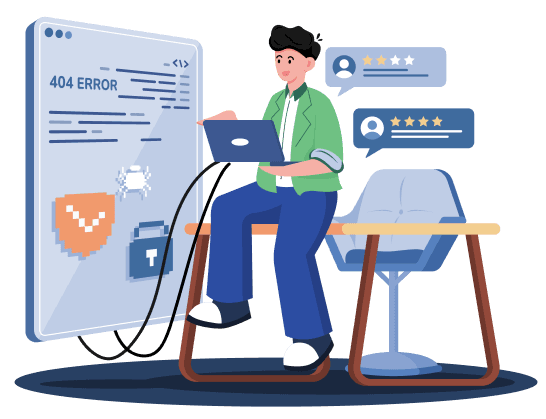Please accept cookies for the best website experience. By clicking 'Accept and continue', you agree to the use of all cookies as described in our Cookie Statement. You can change or withdraw your cookie consent at any time.

COSO Consulting
COSO, the Committee of Sponsoring Organizations of the Treadway Commission, provides a framework for organizations to improve their internal control systems and risk management processes. Implementing COSO involves several essential steps. First, organizations establish a strong control environment by promoting an ethical and accountable culture. They then identify and assess risks, both internal and external, and develop effective risk management strategies. Control activities are implemented to mitigate risks and ensure reliable financial reporting.
Regular monitoring and review of control systems help identify weaknesses and opportunities for improvement. Communication and reporting of control effectiveness to stakeholders are crucial aspects of COSO implementation. Successful implementation requires commitment from top management, effective communication throughout the organization, and continuous monitoring and improvement.
By following the COSO framework, organizations can strengthen their internal controls, manage risks more effectively, and enhance overall performance and accountability.
Six Stages of the Project
To achieve SOC 2 attestation, we employ a methodical approach that entails identifying risks and implementing necessary controls. This ensures that the service organization has established sufficient internal controls to meet the applicable security standard and obtain SOC 2 reports from a Certified Public Accountant (CPA).
 1
1Objective Determination
During this stage, we discern the crucial business objectives that will serve as the foundation for implementing the COSO framework.
 2
2Assessment of Discrepancies
During this phase, our objective is to conduct an in-depth analysis of the COSO framework, with a particular emphasis on the 17 requirements. This analysis allows us to identify any existing gaps and areas that require further attention.
 3
3Risk Management and Record-Keeping
During this stage, we utilize an approach that assigns goals, vulnerabilities, and accountability for controls to internal participants. Moreover, we appoint pivotal positions such as a risk and conformity executive, who will supervise continual conformity endeavors. Each operational aspect possesses its individual control structure.
 4
4Oversight
In this stage, we engage in observing and recording customer vulnerabilities and self-assertions until all internal controls are entirely executed
 5
5Progress Monitoring
In this stage, we evaluate alterations in internal controls. This offers confidence to internal participants that the executed procedures are satisfactory or brings attention to potential risk zones. If any divergences or vulnerabilities are detected, they are resolved correspondingly. We adhere to a methodical approach for execution
 6
6In-House Evaluation
In-house evaluation encompasses an autonomous validation of the execution of vulnerability and restraint measures as a component of the endeavor. It functions as a guarantee of the efficiency of the continual initiative.
Keep In Touch with us


